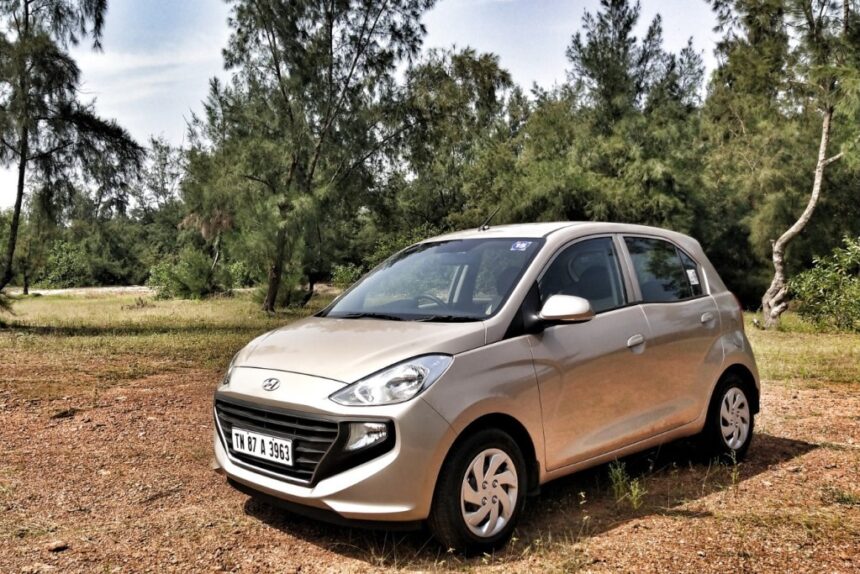Namibia, a sparsely populated country in southwestern Africa, has emerged as an unexpected hotspot for affordable second-hand cars. Its increasing reputation in this niche market is fueled by several factors, including advantageous import policies, a growing demand for used vehicles, and its geographic positioning. Namibia has become a top destination for individuals and businesses seeking to purchase reliable yet budget-friendly automobiles. This article explores why Namibia is a hotspot for affordable Second Hand Cars for Sale in Namibia, shedding light on its vibrant market dynamics, import policies, and consumer preferences.
1. Affordable Imports from Japan and Other Countries
A significant reason for Namibia’s reputation as a second-hand car destination is its favorable import policies and access to affordable international markets, particularly Japan. Japan is known for its high vehicle turnover rate, with many consumers preferring to replace their cars after a few years, often due to strict inspection laws and a cultural inclination toward new models. This creates a surplus of well-maintained, low-mileage vehicles, which are then exported to various parts of the world, including Namibia.
Namibia imports a significant portion of its second-hand cars from Japan, South Africa, and the United Kingdom. Importers are drawn to Namibia due to its less stringent vehicle import regulations compared to neighboring countries like Botswana and Zambia. Namibia allows vehicles up to five years old to be imported, while other nations often impose stricter age limits on imports. The combination of relatively relaxed import rules and the availability of low-cost cars from countries like Japan makes Namibia a hotspot for second-hand vehicle purchases.
2. Lower Import Taxes and Fees
Namibia has structured its import taxes and fees in a way that makes bringing in second-hand cars more financially viable. Although import duties still apply, they are often more affordable compared to many neighboring countries. The customs process, though regulated, is more streamlined, reducing bureaucratic delays and associated costs that might deter potential buyers. Additionally, since Namibia is a member of the Southern African Customs Union (SACU), it shares free trade agreements with other member states like South Africa, Botswana, Eswatini, and Lesotho, making cross-border vehicle sales and exchanges smoother.
With reduced duties, lower transportation costs due to the country’s proximity to major shipping routes, and access to the Port of Walvis Bay, Namibia is positioned as a competitive player in the used car market. The port acts as a vital entry point for vehicles shipped from Asia and Europe, not only for domestic sale but also for re-export to other African countries, enhancing Namibia’s role as a hub for affordable second-hand cars.
3. High Demand for Used Cars
In Namibia, there is a growing demand for second-hand vehicles due to their affordability and practicality. The economy of Namibia, like much of the African continent, is still developing, and new cars are often prohibitively expensive for the average consumer. As a result, many Namibians, including small businesses and individuals, seek to purchase reliable second-hand cars as a cost-effective alternative.
Second-hand cars provide a reasonable option for families looking to own a vehicle for personal use or entrepreneurs needing transportation for business. These vehicles often offer excellent value for money, with many imported cars being relatively new models with good mileage. Additionally, the lower insurance and maintenance costs associated with used cars further make them attractive to Namibian buyers.
The market demand in Namibia is largely shaped by the population’s practical preferences, with Japanese brands such as Toyota, Nissan, and Honda being particularly popular due to their reputation for reliability, fuel efficiency, and the availability of spare parts. Buyers prioritize durability and cost-efficiency, making Japanese second-hand cars highly sought after in Namibia.
4. Ease of Access and a Thriving Resale Market
Namibia’s strategic position as a transportation hub in Southern Africa has bolstered its second-hand car market. The Port of Walvis Bay, in particular, is a critical gateway for car imports not just for Namibia but also for landlocked countries like Botswana, Zambia, and Zimbabwe. The port’s modern infrastructure allows for efficient processing and distribution of imported vehicles, which are often re-exported to other African markets. This re-export business makes Namibia a regional leader in the second-hand car market.
Within the country, the resale market is vibrant, with many small businesses specializing in importing and selling used vehicles. These businesses offer competitive prices, and consumers benefit from a wide selection of vehicles. Numerous dealerships and online platforms cater to both local buyers and buyers from neighboring countries, further expanding the potential reach of the market.
Buyers in Namibia have easy access to used cars through online marketplaces, dealership networks, and auctions. The growth of digital platforms has made it easier for buyers to compare prices, models, and features before making a purchase. Furthermore, Namibia’s stable political environment and transparent legal system ensure that car buyers are protected by enforceable consumer rights, increasing confidence in the second-hand market.
5. Economic Benefits and Affordability
One of the primary factors that make Namibia a hotspot for affordable second-hand cars is the clear economic benefit for consumers. Purchasing a second-hand vehicle allows Namibians to enjoy the benefits of private car ownership without incurring the high costs associated with brand-new vehicles. The second-hand market caters to a wide range of consumers, from middle-income families to small business owners, helping to boost economic mobility and development across the country.
Furthermore, the affordability of these cars contributes to better transportation options for Namibians, particularly in rural areas where public transport is often limited or unreliable. By providing an affordable and reliable means of transportation, the second-hand car market supports economic activity, facilitates job creation, and enhances access to essential services.
Conclusion
Namibia’s position as a hotspot for affordable second-hand cars is driven by a combination of favorable import policies, access to international markets, high demand, and economic necessity. The country’s role as a regional hub for vehicle imports and re-exports, coupled with the relatively low taxes and vibrant resale market, has made it an attractive destination for buyers both locally and from neighboring countries. As the demand for affordable and reliable transportation grows across Africa, Namibia’s Used Car for Sale market is poised to continue thriving.






